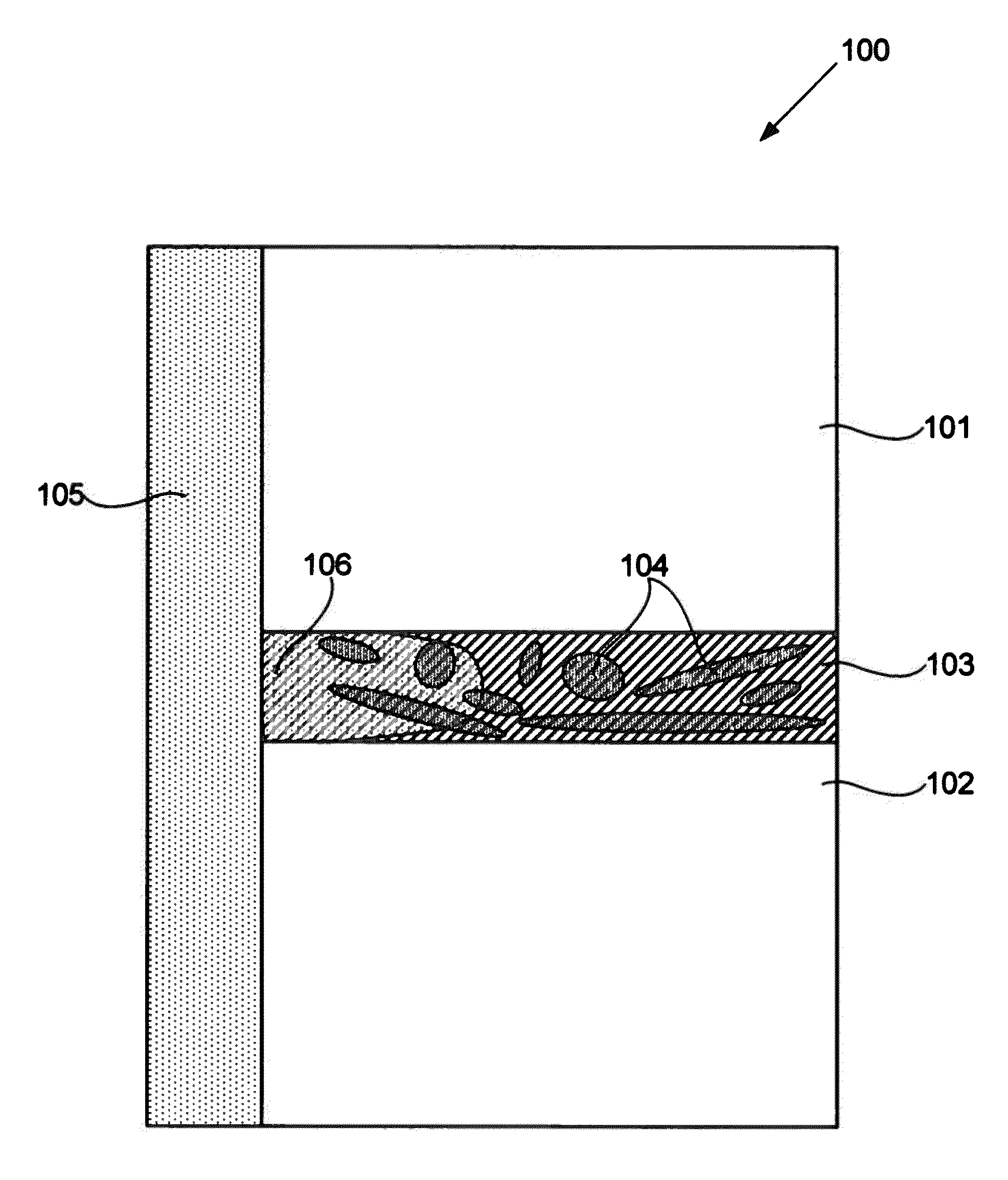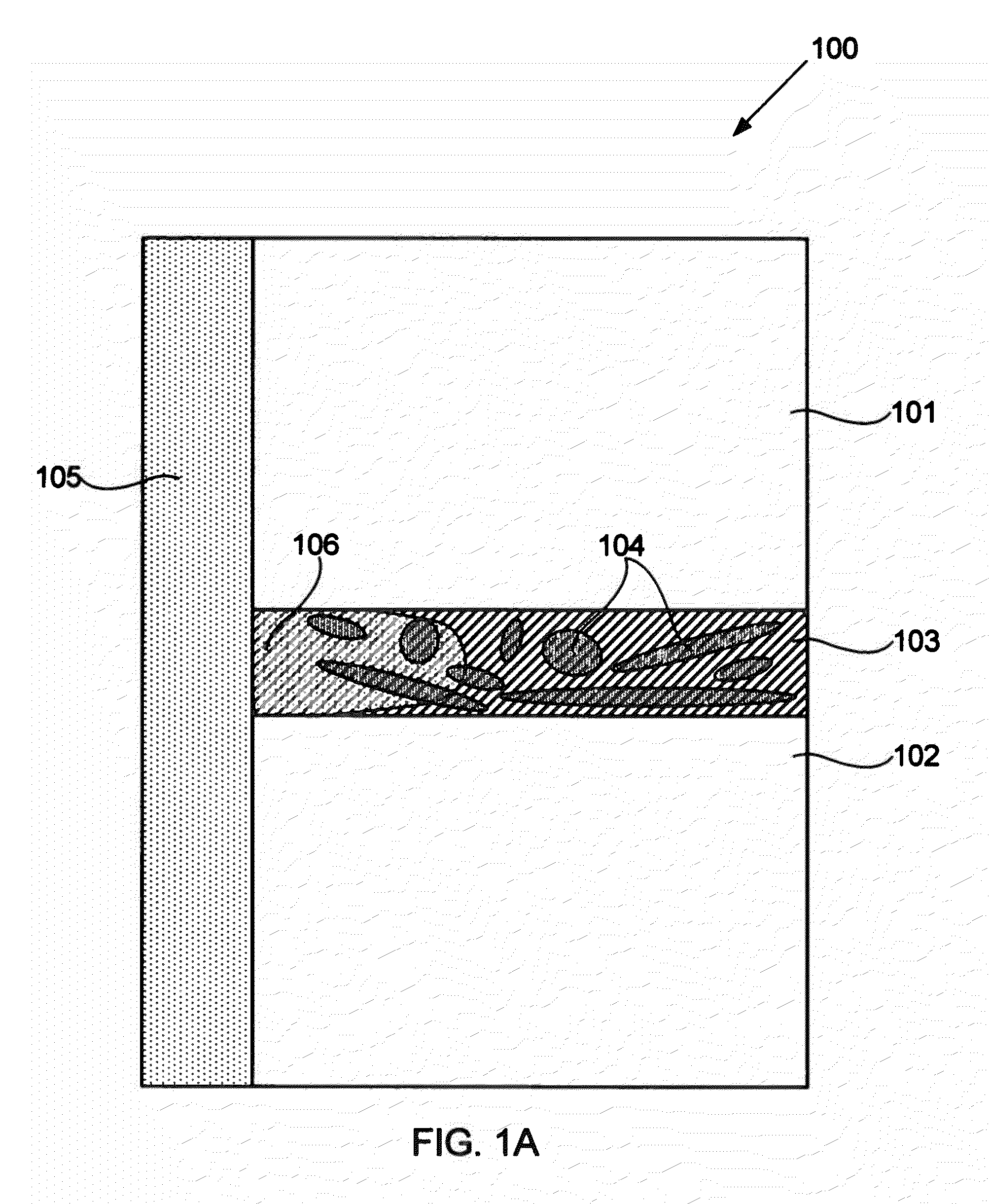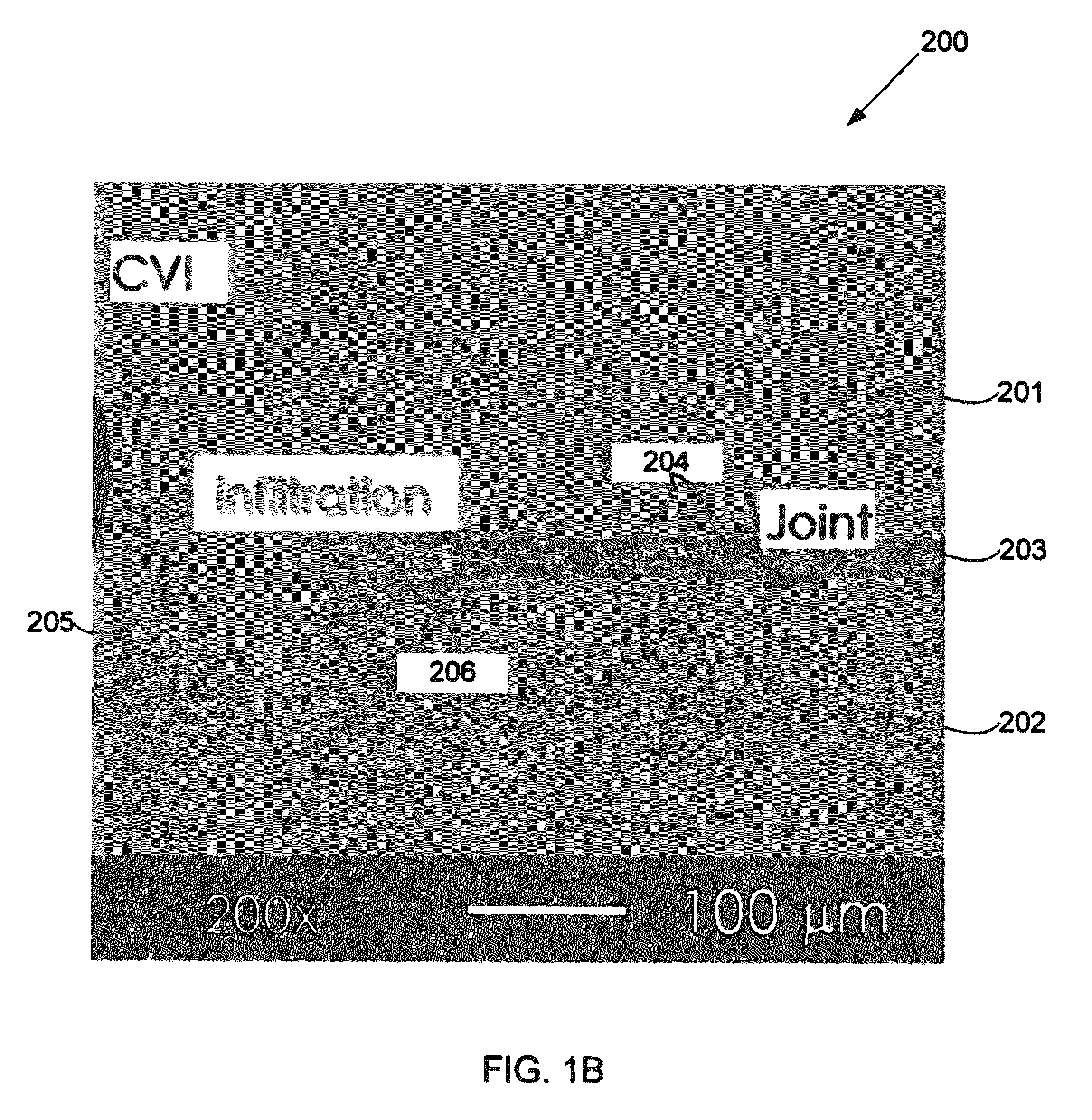High durability joints between ceramic articles, and methods of making and using same
a technology of ceramic articles and joints, applied in the field of joints between silicon carbide articles, can solve the problems of poor irradiation performance, premature degradation of joints, and risk of contaminating nuclear fuel or other materials in the environment, and achieve the effects of high durability joints, enhanced durability, and the same mechanical strength
- Summary
- Abstract
- Description
- Claims
- Application Information
AI Technical Summary
Benefits of technology
Problems solved by technology
Method used
Image
Examples
Embodiment Construction
[0034]Embodiments of the present invention provide sealed joints that have ceramic compositions—and thus mechanical, thermal, and other properties—that are substantially the same as the ceramic articles they join. Such joints were developed responsive to a need in the art to provide joints suitable for use in the harsh environment of a nuclear reactor, where heat or neutron fluence may cause materials having even slightly different properties to undergo differential dimensional change at the joint interface. Such change, if present, could weaken the joint, degrade performance, and even lead to catastrophic failure. By comparison, the inventive joints may be sealed, have a density approaching that of the articles, substantially the same properties as the articles, and may satisfactorily perform in a harsh environment for a desired amount of time, such as 4 years or longer, without substantial degradation in performance. One specific example of a material for which such a joint suitab...
PUM
| Property | Measurement | Unit |
|---|---|---|
| penetration depth | aaaaa | aaaaa |
| shear strength | aaaaa | aaaaa |
| shear strength | aaaaa | aaaaa |
Abstract
Description
Claims
Application Information
 Login to View More
Login to View More - R&D
- Intellectual Property
- Life Sciences
- Materials
- Tech Scout
- Unparalleled Data Quality
- Higher Quality Content
- 60% Fewer Hallucinations
Browse by: Latest US Patents, China's latest patents, Technical Efficacy Thesaurus, Application Domain, Technology Topic, Popular Technical Reports.
© 2025 PatSnap. All rights reserved.Legal|Privacy policy|Modern Slavery Act Transparency Statement|Sitemap|About US| Contact US: help@patsnap.com



